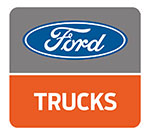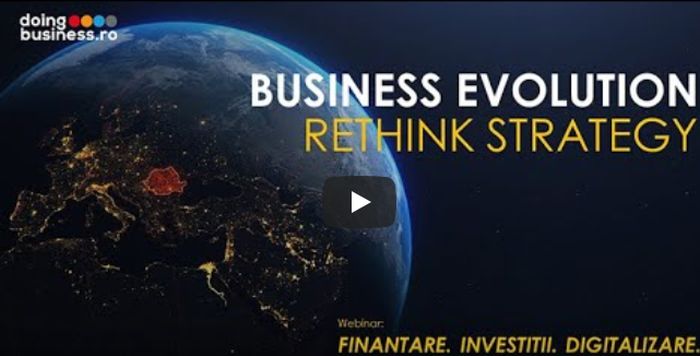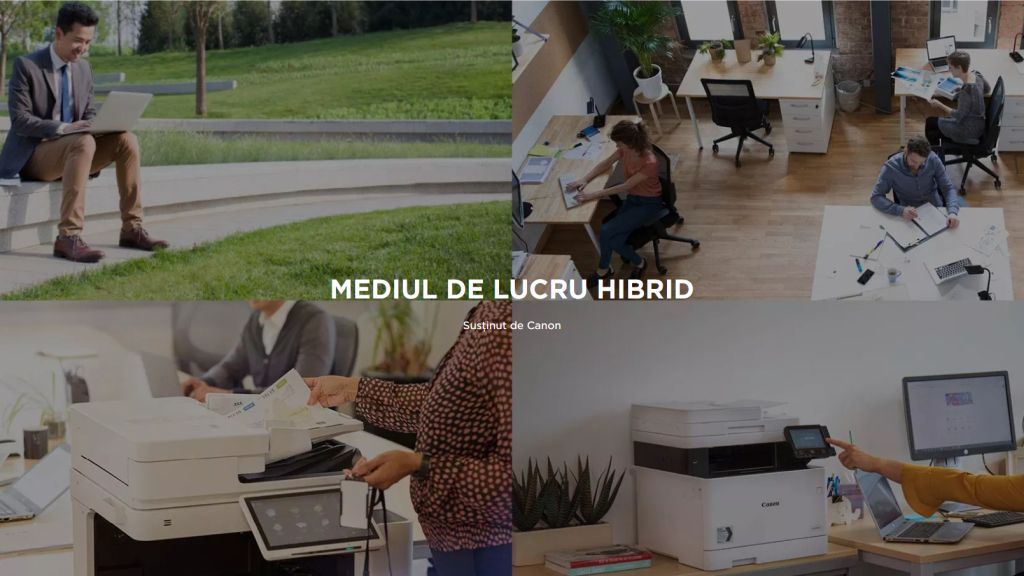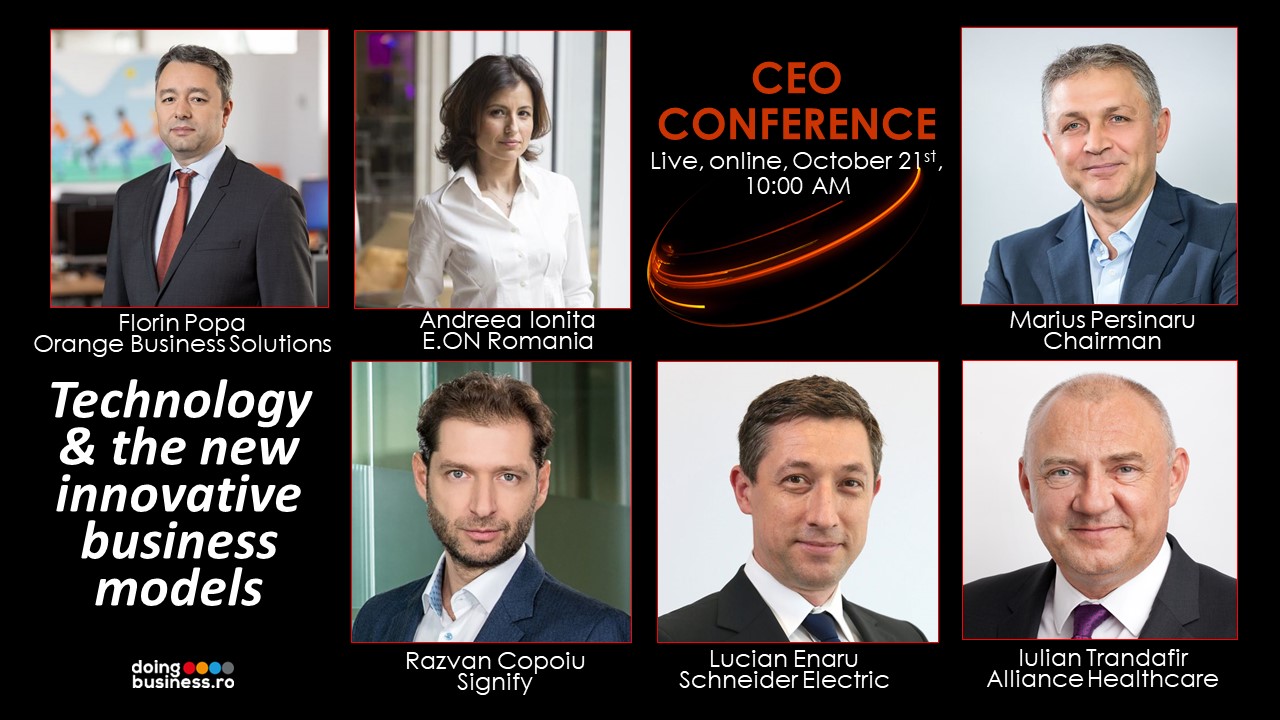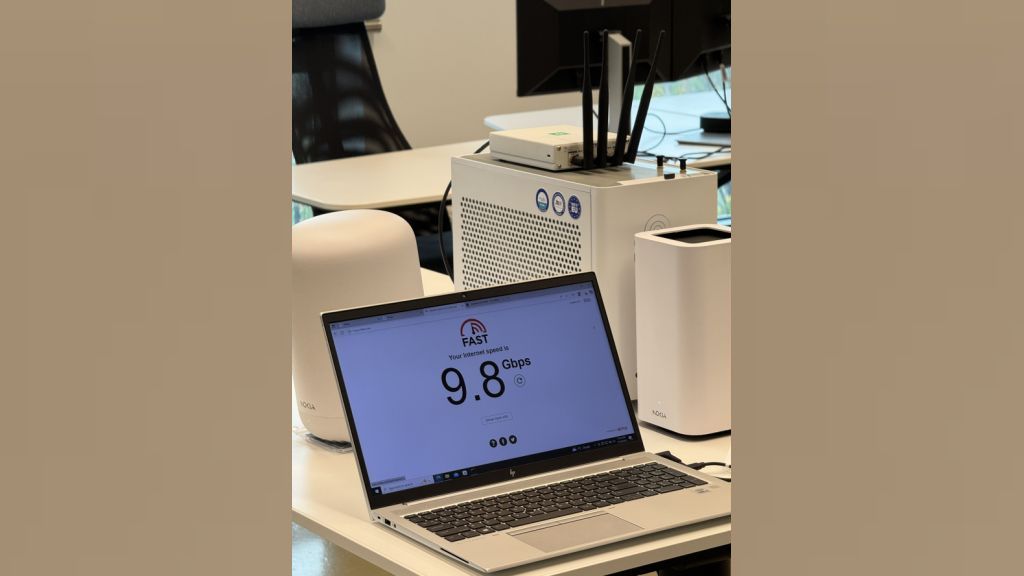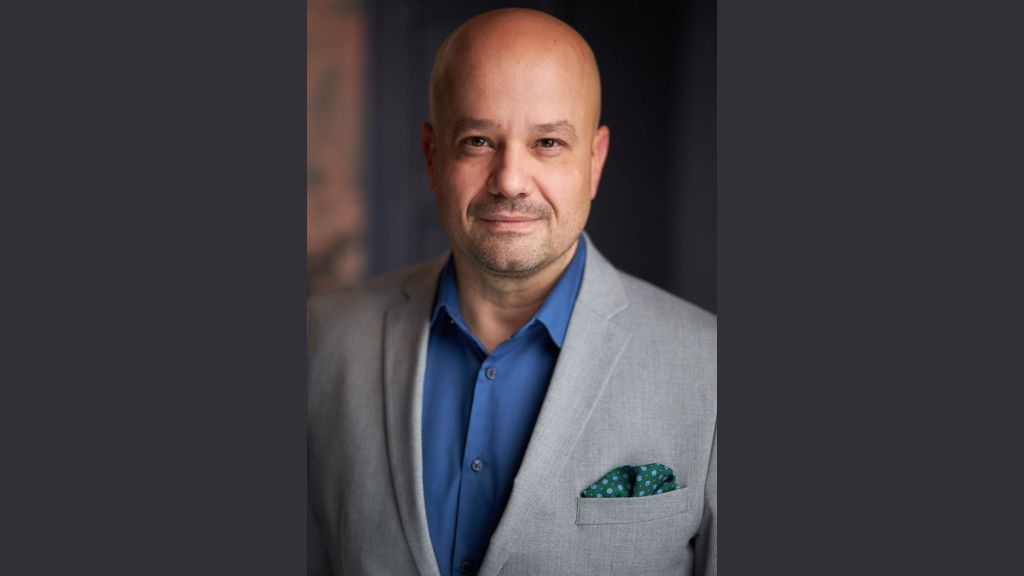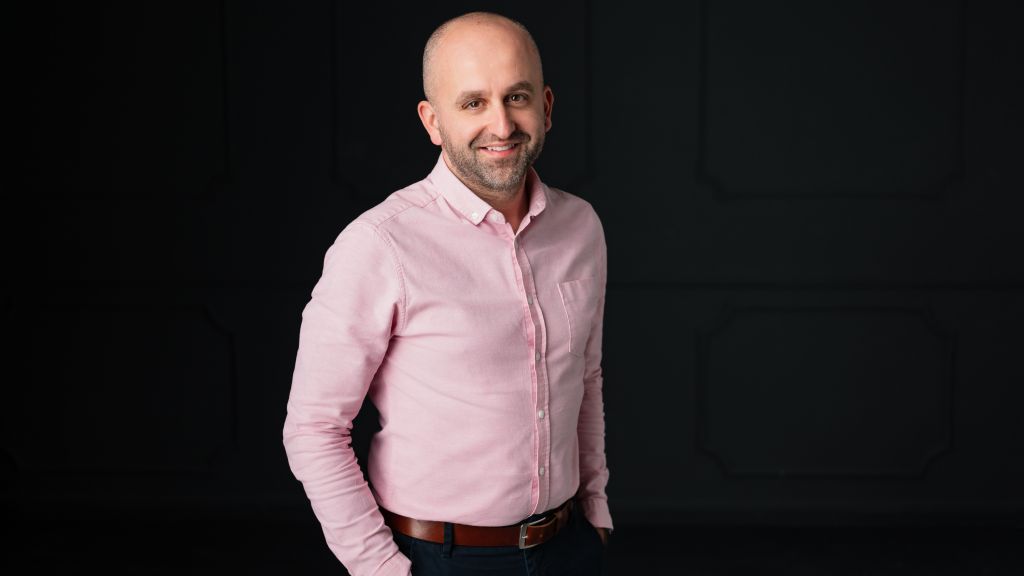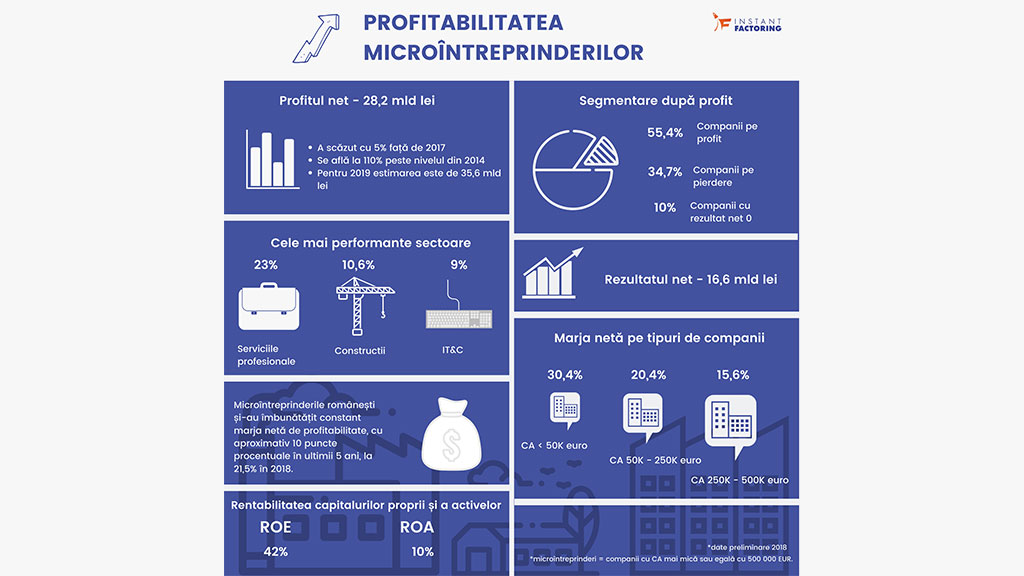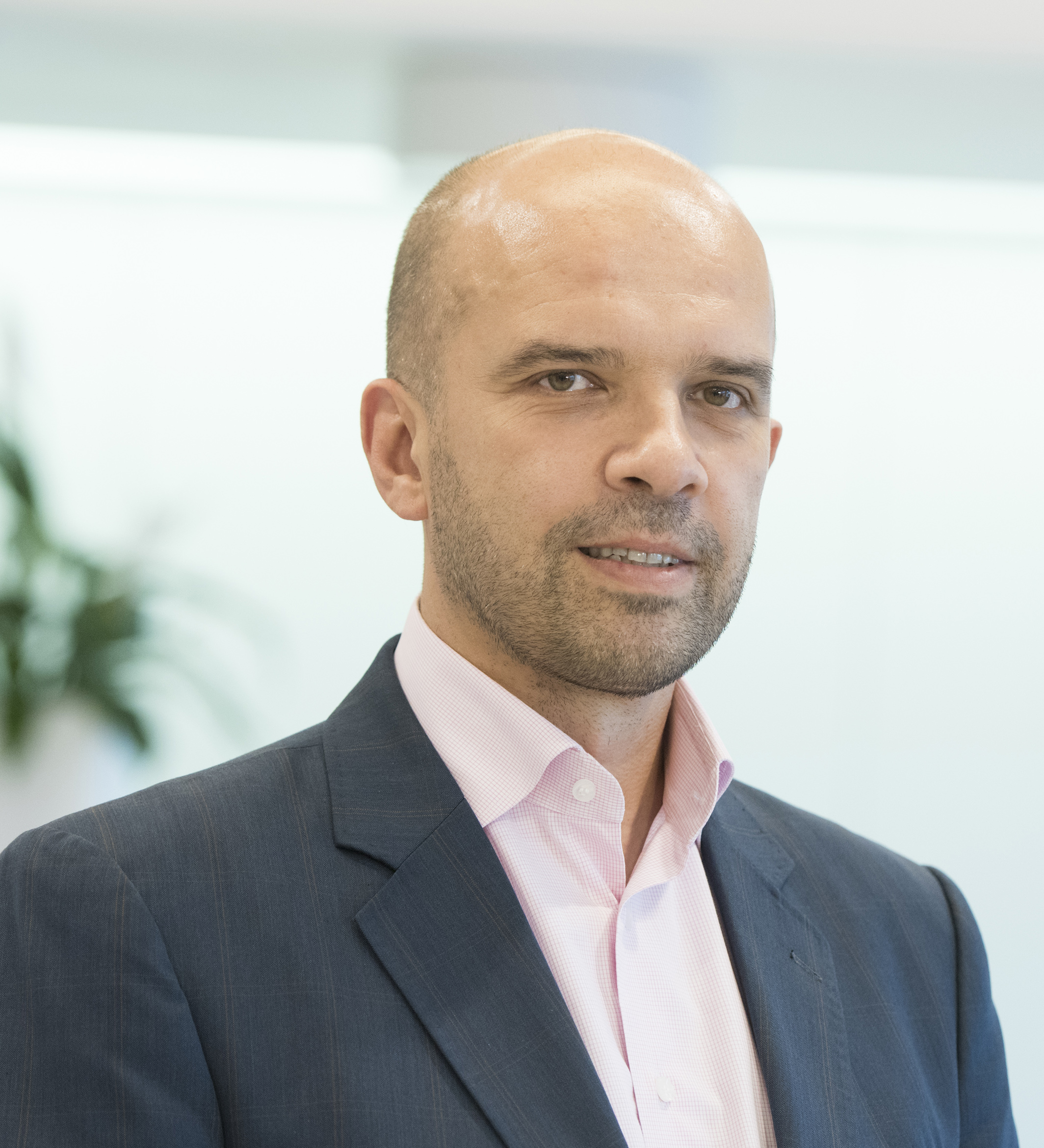Q: Looking back in 2022-2023, how do you see now the challenges business like yours seemed, at that time, to face? We are pointing towards, for instance, not just higher prices, but supply chain bottlenecks, semiconductor crisis, causing delays in delivering to a higher demand than the offer, in all business sectors. What are the lessons learnt?
Mr. Razvan Szilagyi: There are many lessons that we have learned. Maybe the first one is related to the business landscape. Terms like VUCA (volatility, uncertainty, complexity and ambiguity) or disruption are part of every manager’s vocabulary today. This brings some apparent paradoxes. Businesses need a very good structure and processes, but also to be agile. Different types of challenges can be handled rather by using principles than rules. Fortunately, the basic principles still hold true. Being close to the client is maybe the most important. Whichever the challenges, stay beside the client and find the best solution you can offer, even if it is not perfect. In the end, it is not about what happens to us but about how we react to what happens.
Q: All three major segments where you are doing business in Romania play a pivotal role in the economic development. And we are pointing towards the commercial vehicles market with its segments (international transport, construction, specialized vehicles). How was their evolution in 2024, why, and what do you anticipate for 2025?
Mr. Razvan Szilagyi: Speaking about uncertainty … 2024 started very well, after seven months being the best year in the last many years. August and September showed a slowdown, which brings the 2024 heavy trucks market to the same level as the 2023 one. Here is my opinion on the past and future performance of each segment.
The tractor heads market is mainly determined by international transport. In the last years, even if the value of the transported goods increased (prices increase is an important factor), the volumes only showed a marginal increase. This is corelated to the economic growth of the EU countries and maybe even more to the purchasing power of the citizens that buy the final products.
I believe that in 2024 the transportation companies that have a sound business model are the winners. We have seen them acquiring trucks during the year. For 2025, I expect moderate growth, up to 5%, mainly explained by the expected growth in the EU real wages (in my analysis I considered 1.1% GDP growth and 1.5% Real Wages growth).
The construction trucks market had an outstanding performance in 2024, this being explained by the strong development of the construction sector, especially the infrastructure one. The year-to-date increase (versus same year-to-date period in 2023) was 37% in July and remains at 15% at September. As the infrastructure constructions are expected to grow further, I see potential for an up to 10% market increase in 2025.
For specialized trucks there are many different drivers. I estimate an increase of up to 5%, based on expected GDP increase. I still see a significant growth potential especially on the municipal vehicles, based on the need for waste management.
Q: We are very curious about the effect of extra-EU funds (like PNRR) on your business activity. Did the EU money had an effect (and how much) on the commercial vehicles market in Romania and if the answer is yes, which segment was the most positively affected? If the answer is no, why?
Mr. Razvan Szilagyi: I believe that EU funds, in general, had a very important impact on the Romanian economic growth, since joining the EU. According to my knowledge, only a small part of the trucks was financed directly by European funds in 2024. Still, European funds provide “fuel” for the overall business growth, so that the companies can afford to buy the trucks. So, indirectly … the answer is (a big) YES. I would use the example of the construction sector which, supported by the infrastructure programs, had double digit increase in 2023 and 2024. Hence, the construction trucks sector had the best performance so far, in 2024.
Q: Some economists argue that the sales of trucks (for public investment projects or private residential projects) are a great proxy for anticipating where the economy is heading. Do you agree? If not, why, and can you please inform as about what indicator matters the most for you in term of prospects? If yes, where is the Romanian economy heading?
Mr. Razvan Szilagyi: I will start with the last question. The Romanian economy had a very good dynamic in the last many years, and I believe that there is still a tremendous potential, in most of the economic sectors. Many economists see our country as an important growth driver for the European economy. Prosperity and a positive perspective can support the heavy truck market. Imagine that a part of the used vehicles park would be replaced by new ones, even if the volume of work stays the same.
It is about the efficiency of the new technologies, about competitivity and about the environment. The construction sector is only one part, accounting for around 13% of the heavy trucks market. Almost 80% of the market (new sales) is in tractor heads, which are mainly correlated with international transport. But, in general terms, as I use to say, the transportation sector is the one that carry the GDP.
Q: The headwinds of recessions in the EU countries (EU being the main trading partner for Romania) seemed like they road transportation affecting the Romanian commercial vehicles market has decreased. What were the effects for you and what do you anticipate in the future?
Mr. Razvan Szilagyi: As the tractor head segment is the one mostly linked to the performance of EU countries economic performance, we have seen different stances of our customers.
At the end of 2023 they were rather reluctant, while toward the mid-year 2024 the optimism came back. We had also an important change in regulation, brought by the introduction of the new safety and security requirements, that we call ADAS. This generated some pricing tensions in the market, as the non-ADAS stock had to be sold and register before beginning of July 2024.
As always, there are winers and loser. The companies that have a strong business model and that stay close to the their clients are the ones that will thrive – both on our side and our client’s side. I believe that the transportation market is and will remain very competitive and that Romania will generate some regional champions. My expectation is that we will grow together, by “sharing the load”.
Q: So, what are the challenges, innovations and future prospects for the commercial vehicles market in Romania? What will be the main drivers of growth?
Mr. Razvan Szilagyi: The transportation market (the heavy trucks component) is already part of a profound transformation. Even if electrification does not yet seem to be a complete viable solution, significant technological progress has been made.
The engines and the design, to name a couple, are already pushing the technological limits to the edge. We speak today about consumptions that are decreasing constantly.
On the light commercial vehicles, for me the direction is clear. Distribution within the cities belongs to electric vehicles in the near future. We are glad to announce that soon we will have the new electric Piaggio NPe model also. I trust that this is an excellent and viable solution. We and our families deserve to breath a better air.
I trust that the landscape will look significantly better in few years from now, from the CO2 emission perspective. In Romania, as main growth drivers, I count on the regional champions that will develop and on the infrastructure development.
Q: What might be the setback for your industry, that you cannot fully anticipate? We mean, there were some ad-hoc fiscal measure that might have affected the results of your company. What you would correct in the fiscal system in Romania, to get more but not by hunting the capital/results of a company?
Mr. Razvan Szilagyi: Many challenges will come, this is a certainty. I believe in the resilience of the system, in the capacity of the private sector to find its way. Staying close to a sound business model and to some principles is the key. Overall, the current fiscal system is suffocating the trucks distribution market, therefore as an automotive importer/distributor, you pay a significant part of the profit to the state budget. But, this is not in our control and we will do our best, given current circumstances.
Q: Which is the milestone project for you in 2024/2025 and why?
Mr. Razvan Szilagyi: Our medium term goal is to achieve a 10% market share in the heavy trucks market and to become relevant players on the other segments that we activate in. Including the distribution of all brands – Ford Trucks, Otokar Atlas, Otokar Bus and Piaggio Commercial, we should reach around 1.500 units sold per year. We need to be prepared for this new stage, and we are working hard on it. We are working on improving our corporate governance and policies. All our processes are being reviewed, improved and automated. All these must be done while remaining very close to our customers.
Q: What are the arguments for a solid demand of your products to be resilient in a possible downturn of the economy?
Mr. Razvan Szilagyi: Each of the products that we import has its own competitive advantage. Ford Trucks is a brand that historically proved to have a very good price-quality ratio, while the products are evolving. We are market leaders in the municipal segment and we had a market share above 20% in the construction market, in the last years. The F-Max tractor head is now a real competitor in the international transport market, offering one of the most comfortable cabins to its drivers. The in-house developed cinematic line (engine, gearbox and transmission) leads to very good consumption and performance (power) results. Piaggio city truck is a very good solution for the narrow streets of the large cities. If we add the low CO2 emissions of the termic engine, the coming BEV, these are two of the competitive advantages. Otokar buses have proven also to be a reliable partner for public transport companies.
Our strategy is to cover a large range of transport needs for our customers and to offer them also a reliable set of services around them.
Q: How would you describe a long-term sustainable future for your business model, in the context of the new rules regarding corporate sustainability? We are referring especially at the trickle-down effect we might see for a company to be considered sustainable in terms of ESG, they should have sustainable partners on their supply-chain. What is the meaning of sustainable in the commercial vehicles market?
Mr. Razvan Szilagyi: We believe in our role and impact in/on the society, as a company. I will comment and analyze the three components of the ESG. Regarding the environment, as importer and distributor of commercial vehicles, we are a channel of the transportation ecosystem. The transformation of this ecosystem, the path to less CO2 emissions, will be facilitated by the companies like us. Where possible, this impact is already seen. From the Social perspective, we have been part of many social/community projects. We went true many crisis during the more than two decades of the company existence and, due to our resilience, we still offer more than 200 workplaces. From the Governance perspective, as said above, we believe that this is the key to our future growth.
You can also find the full interview in the document below:





